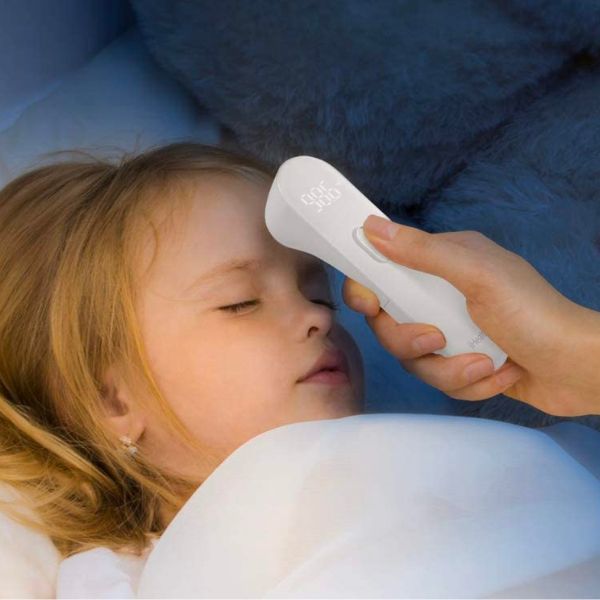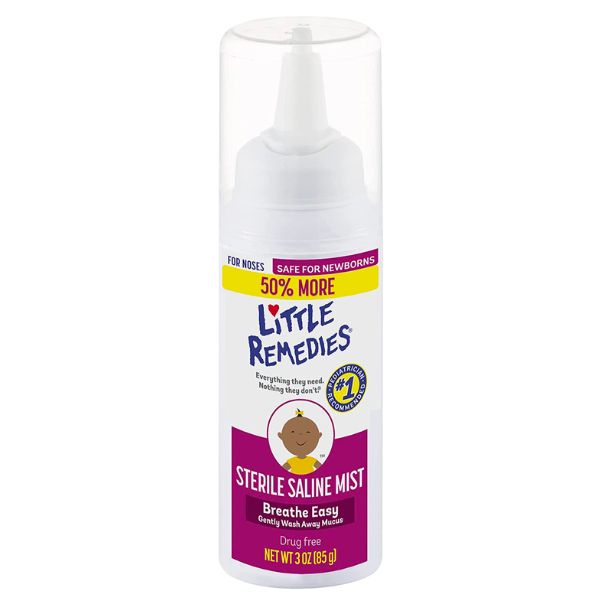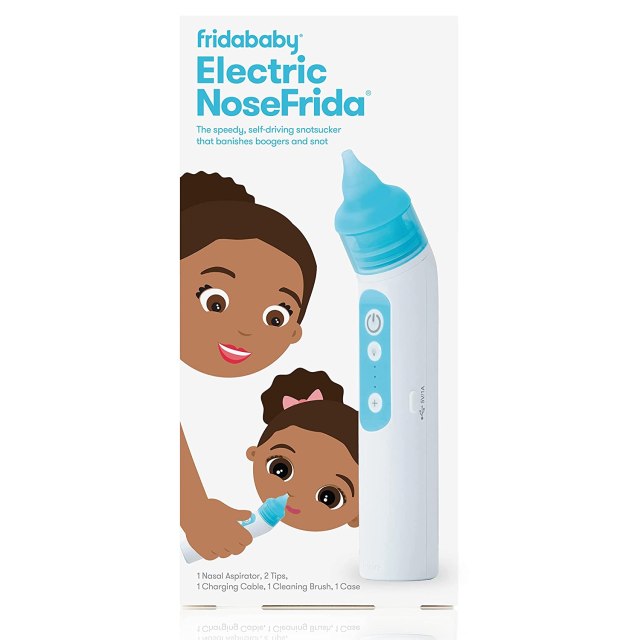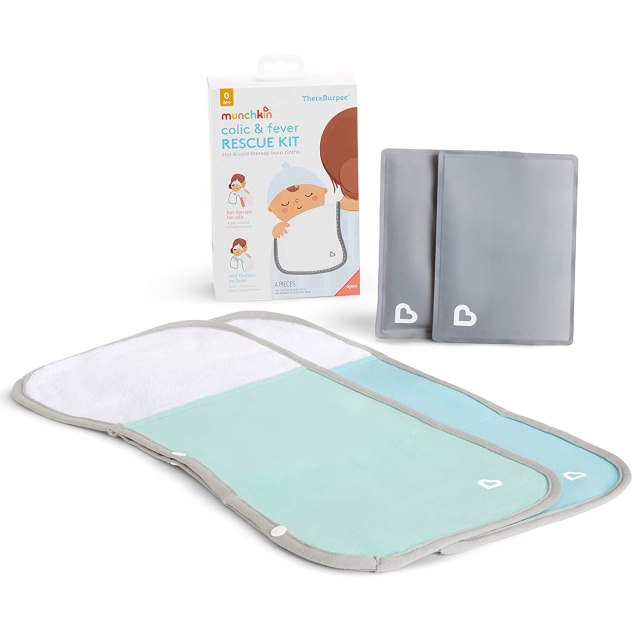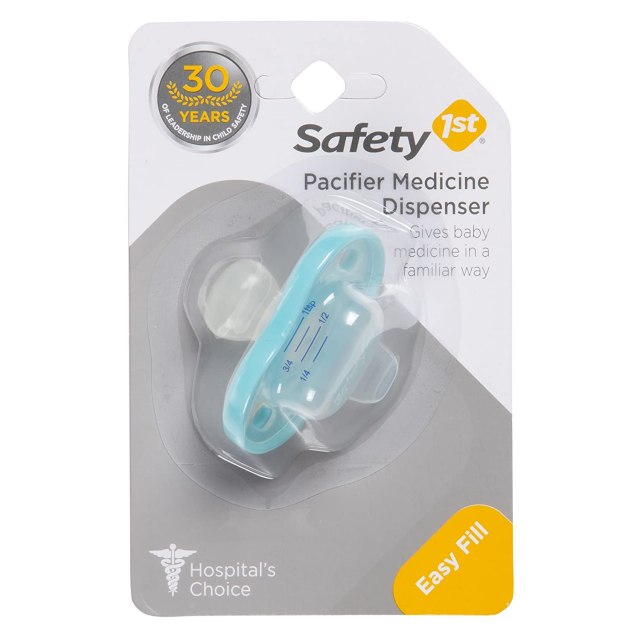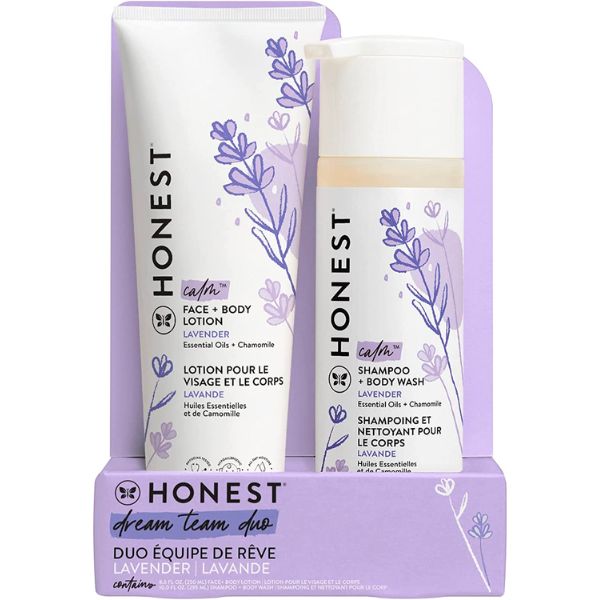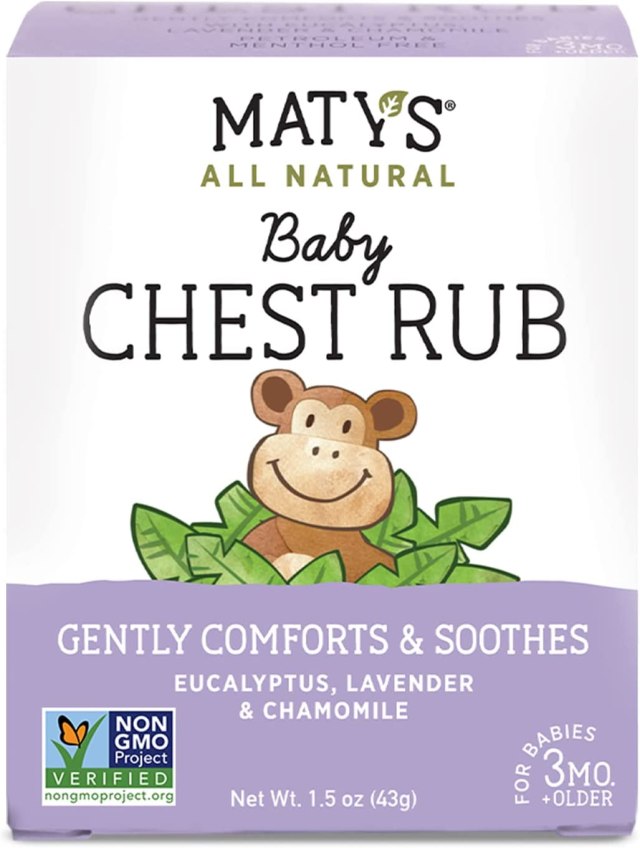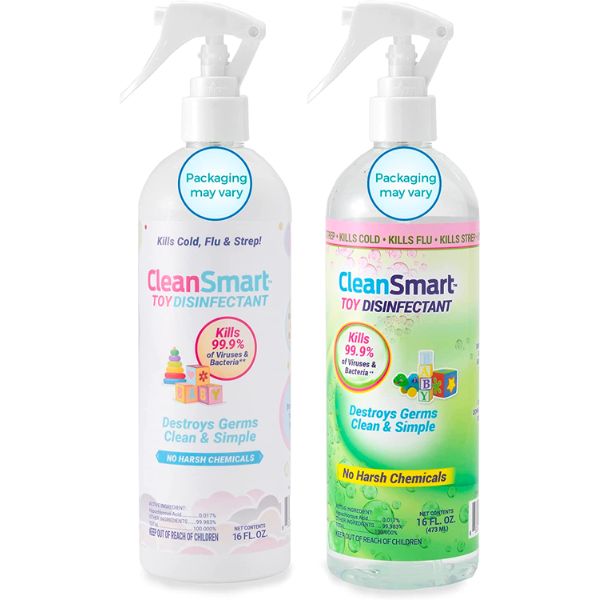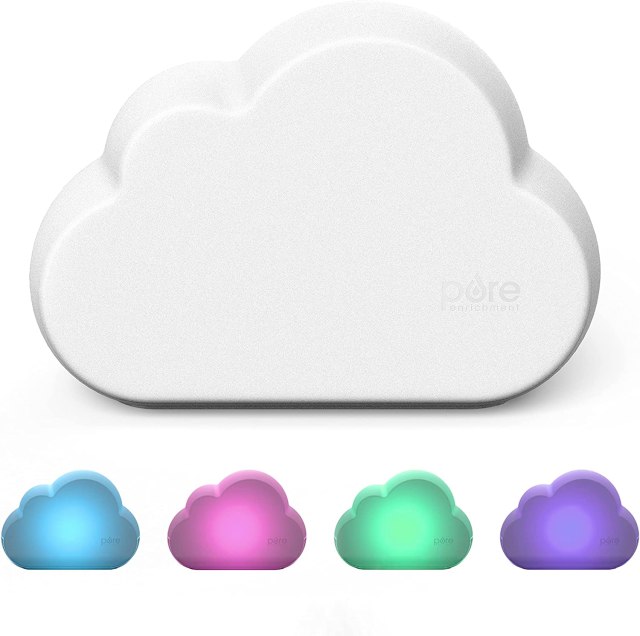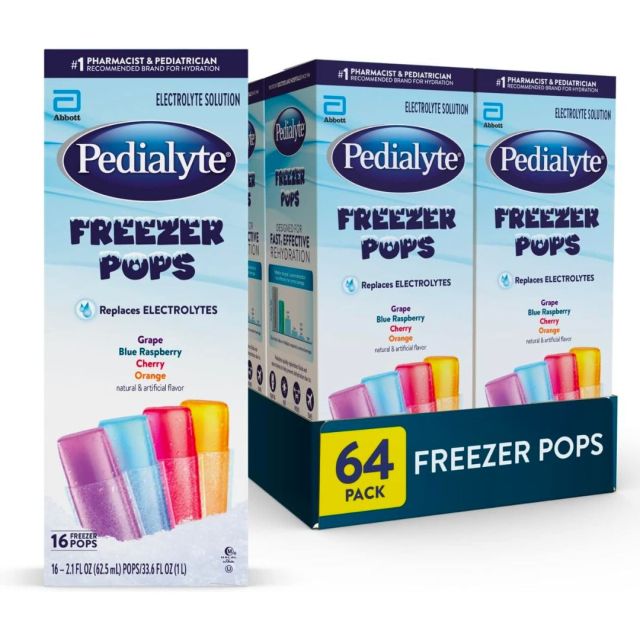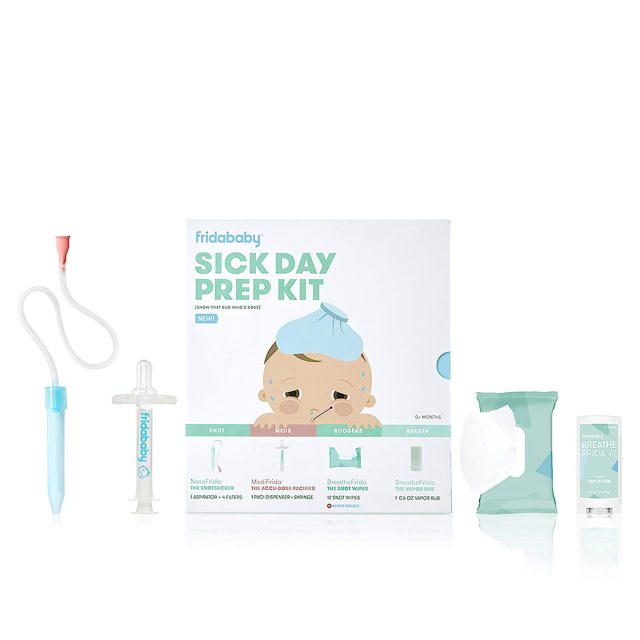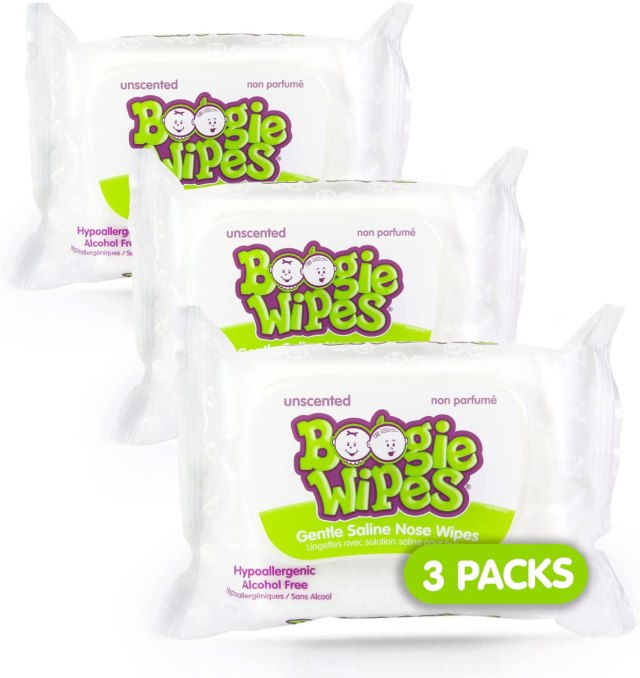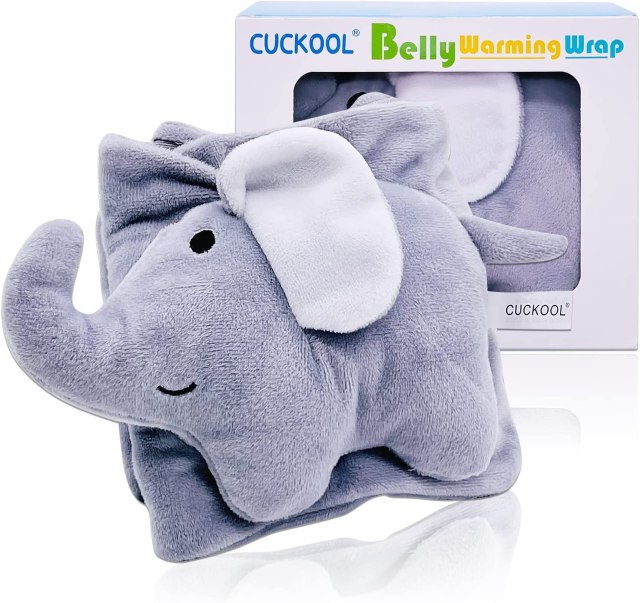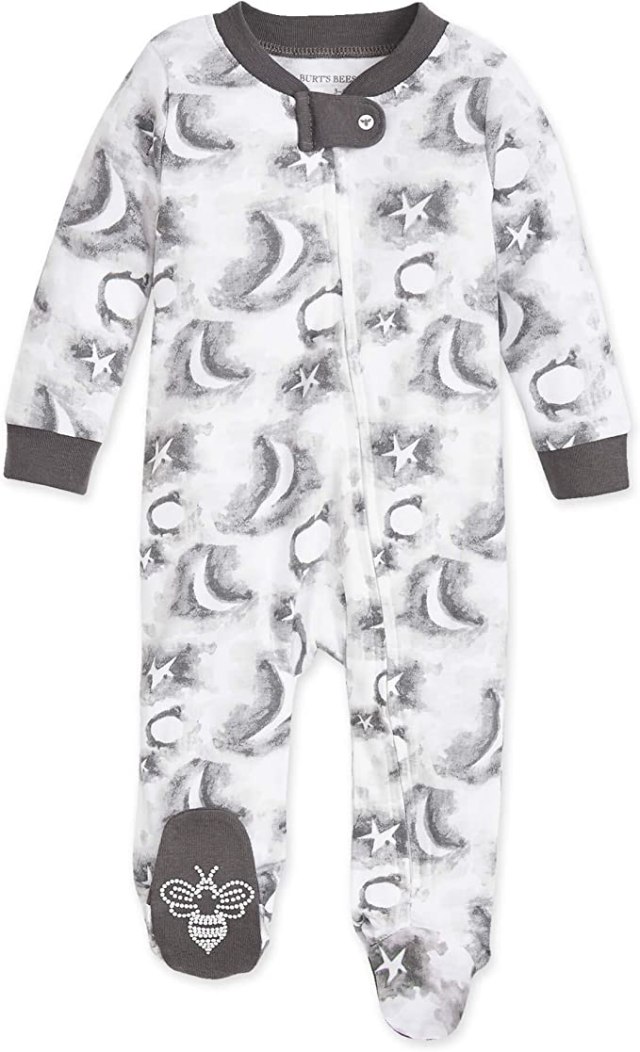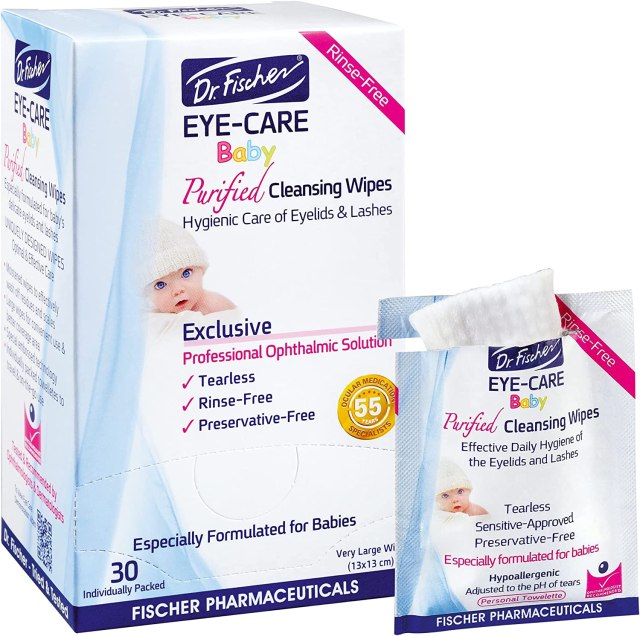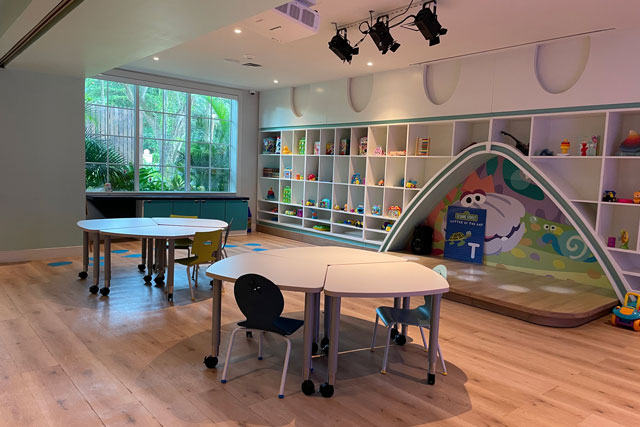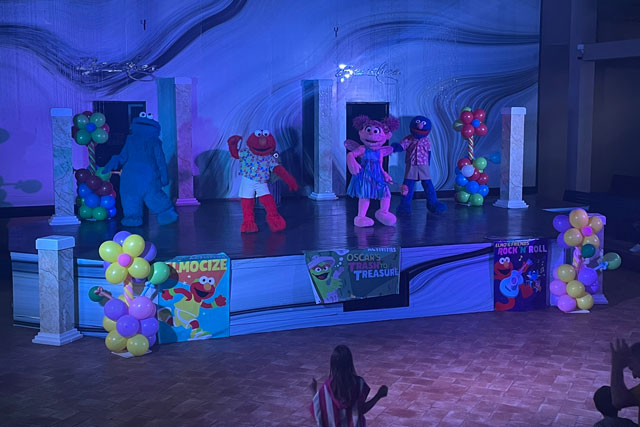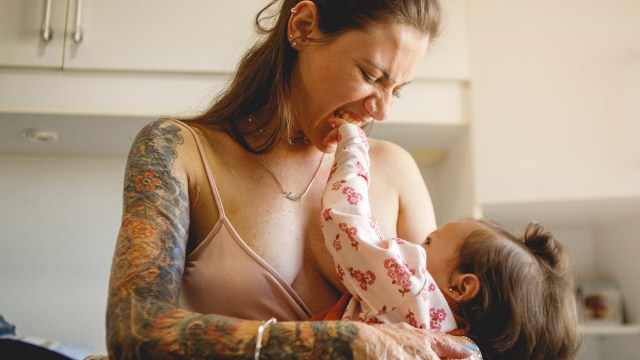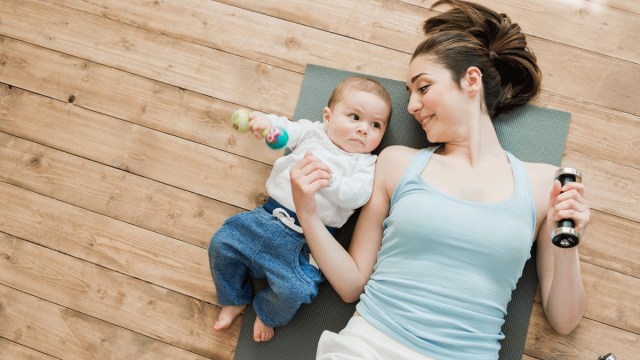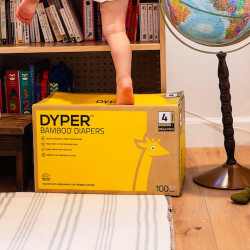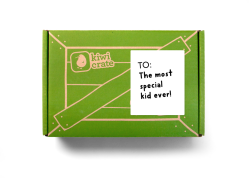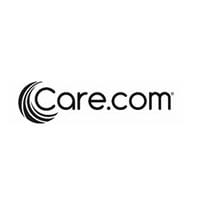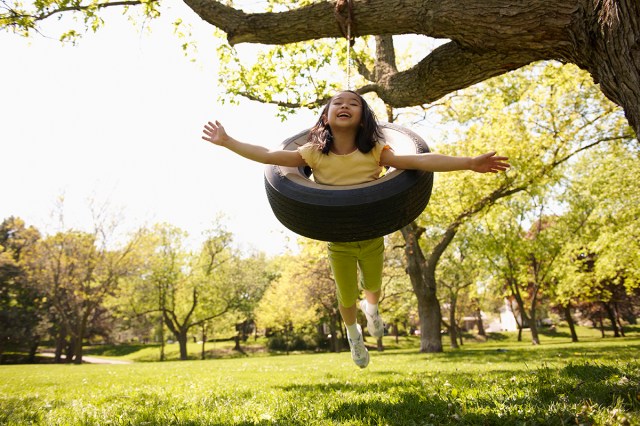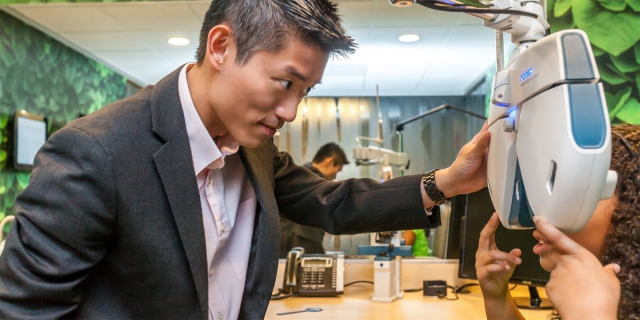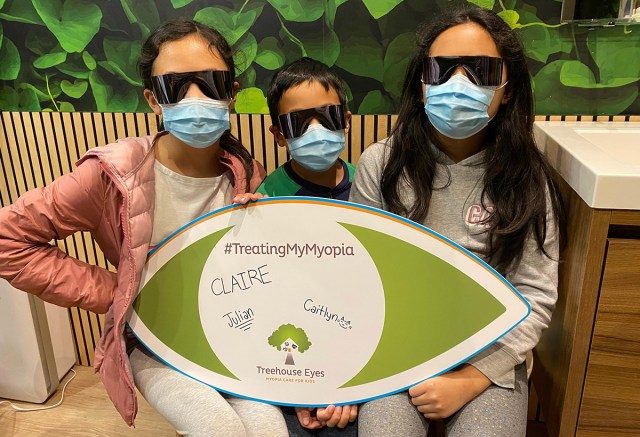As a new parent, you’ve probably heard the phrase ‘back to sleep’ more times than you can count—an excellent reminder that infants should be placed on their backs whenever you lay them in their crib. This safe sleep guidance has been around for years and continues to be echoed by sleep experts and the American Academy of Pediatrics (AAP), which notes that babies should also be in their own sleep space with no other people, no blankets, and no added materials like stuffies. But you’ve also probably seen lots of photos of babies sleeping on their tummies all scrunched up like little roast chickens. Plus, Grandma won’t stop talking about how in her day babies slept however they wanted. So what’s a new parent to do? We spoke to Dr. Sara Siddiqui, a pediatrician at Hassenfeld Children’s Hospital in New York, to find out when babies can safely sleep on their stomachs.
What are the risks of placing an infant to sleep on their stomach?
The main reason safe sleep guidelines recommend placing an infant on their back when you put them to sleep is because it reduces the risk of Sudden Infant Death Syndrome (SIDS). “Evidence suggests that when infants are placed on the stomach to sleep, decreased movements and decreased airflow cause an increase in carbon dioxide near the mouth and nose area, potentially causing respiratory suppression,” Dr. Siddiqui explains. By creating a safe sleep space and placing your baby on their back to sleep, you’re significantly reducing their risk of SIDS—knowledge that should help parents sleep better through the night, too.
Some parents think there are risks associated with back sleeping, like their little ones being more likely to choke if they spit up or to develop flat head syndrome (or plagiocephaly). But both are unfounded, according to the safe to sleep guidelines from the National Institute of Health. When babies sleep on their backs, their trachea is positioned above the esophagus, making it hard for fluids to travel against gravity and cause them to choke, whereas on their stomachs the trachea is beneath the esophagus and it’s easier for fluids to make their way to the lungs. Either way, babies very rarely choke in their sleep. Flat heads are also not a concern if your tot is doing tummy time and moving around during the day—plus, they typically resolve themselves.
What should you do if your infant rolls onto their stomach at night?
This is a tough one, because while ‘back to sleep’ is definitely best, babies will start repositioning themselves at some point—and the answer isn’t necessarily to roll them over every time it happens. If your baby has the strength and coordination to roll one way (from back to stomach), they’ll soon develop the ability to roll back over again, at which point you can confidently let them sleep in any position they like after placing them down on their back. You can reposition them if you want, but it’s okay to let them move around in their sleep. Don’t be tempted by products that claim to keep babies positioned on their backs, as they have not been proven safe and may actually increase risk.
“I do not recommend anything in the crib area including bumpers, blankets, sleep positioners, or [weighted] sleep sacks as these could lead to potential suffocation in infants,” Siddiqui says. Non-weighted sleep sacks are fine, she confirms, but any sort of weighted blanket or sleepwear poses a threat to your infant’s safety.
Should you stop swaddling your baby once they start rolling over?
Yes—once your baby is on the move, a sleep sack (or a cozy sleeper and no sleep sack) is safer than swaddling, experts agree. The Safe Sleep guidelines advise that you should stop swaddling your infant once they’re able to roll over, reminding parents that swaddling your baby doesn’t actually reduce their risk of SIDS.
Related: 8 Dos & Don’ts of Baby Sleep (So Everyone Gets More Rest)
Essentially, once an infant can roll onto their stomach, they need to be able to roll back—something they may not be able to do if restricted by a swaddle blanket. The NIH affirms Siddiqui’s view that parents should avoid weighted sleep sacks and swaddles, which have not been proven safe for use. Not only do these products restrict movement, they may restrict an infant’s ability to breathe by placing added weight on their bodies. This is particularly dangerous because infants’ rib cages are still developing in those early months, which makes it harder for them to expand their chests and breathe properly. The best sleep environment for an infant is one that’s basically empty—just your baby in a crib or bassinet, in their pajamas, with nothing else on or around them.
So, when exactly can babies sleep on their stomachs?
There’s no magic age, but most infants develop the ability to roll from their front to their back when they’re between four months and six months old (at which point the risk of SIDS drops significantly). You should still place your baby on their back at bedtime, but once they’ve reached this stage, it’s normal for them to reposition themselves throughout the night. If you’ve created a safe sleep environment that follows medical advice, you don’t need to worry about this movement. We all move in our sleep to find the comfiest position—babies included! The guidelines recommend putting your babe down on their back until their first birthday.
What other risks should be avoided?
While ‘back to sleep’ is the best-known safe sleep strategy, there are other ways parents can reduce risk. In addition to putting babies to sleep on their backs, it’s best to keep them away from secondhand smoke at all times and make sure they aren’t too warm at night, as overheating is thought to contribute to some cases of SIDS. Respiratory illnesses are another potential risk factor, so consider asking visitors if they’ve been unwell recently before letting them get close to your little one.
There are also ways to lower your child’s risk of SIDS by supporting their physical development. “Babies usually learn to roll from stomach to back, and then back to stomach as they become stronger,” Dr. Siddiqui says. “Tummy time is essential in this process.” By practicing tummy time with your baby, you’re helping them develop the core strength and coordination they need to roll safely from their stomach to their back. It’s not just about preventing a flat head—it’s also a safe sleep strategy!
And while bed-sharing isn’t recommended, room-sharing is. The Mayo Clinic suggests having your infant sleep in the same room as you, but not in the same bed, for a minimum of six months. Exclusively breastfeeding your baby (or giving them pumped breast milk) has also been linked to lower instances of SIDS—the longer you breastfeed, the lower the risk is, though the exact reason is unclear.
Sweet dreams for baby and parents
Getting your baby to sleep through the night may be a challenge, but at the end of the day, safe sleep habits are simple: place your infant on a firm, flat surface, avoid loose materials and weighted products, and always remember ‘back to sleep’ when positioning your child in their crib. If you have additional questions, Dr. Siddiqui suggests reaching out to your family doctor for answers and advice. “It’s essential to practice safe sleep practices with all infants,” she says. Talk to your child’s care provider, ask those questions, follow medical guidelines, and know that you’re doing a great job creating a safe sleep space for your baby.








